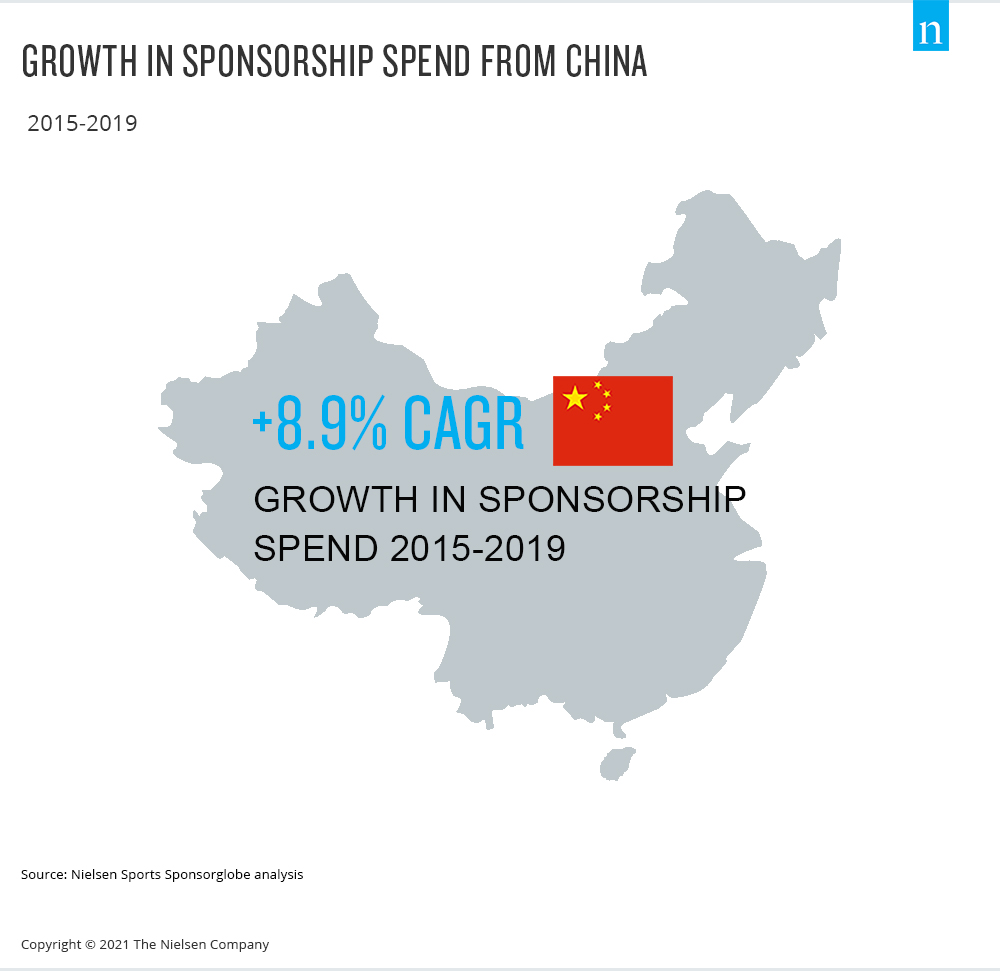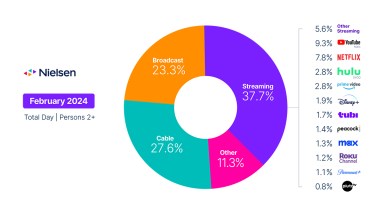The disruption and uncertainty that the global COVID-19 pandemic has created has been particularly harrowing for global sports, which is consequently changing the value of sponsorship. Yet as the health crisis remains a notable factor for most businesses and industries around the world, China’s economy was recovering broadly at the end of 2020, and that will bleed into the country’s involvement in sports sponsorships.
A new wave of COVID-19 cases has since clouded the country’s economic growth, but Asian economic indicators, including the stock markets, have bounced back more quickly than others after the first vaccine was announced. This has brands looking east as they pivot, adapt and recalibrate their business and marketing models to meet the changing needs of consumers.
Global economies will recover at different rates, but the World Bank expects China’s economy to expand by nearly 8% this year, and this will affect where sports sponsorships come from as well as their values. In fact, an analysis of data from Nielsen Sports Sponsorglobe found that Chinese brands will be responsible for one-third of all growth in the global sponsorship market over the next decade.

The global sponsorship market will also diversify from an industry involvement perspective. By 2025, payment solutions and money transfer providers will account for 16% of the sponsorship value that comes from global financial services. The shift isn’t surprising, given the shift in consumer behavior away from traditional banking. As a result, non-traditional business models will begin to emerge in this established sponsorship sector. We see a similar shift in the travel and delivery sectors, as brands like Airbnb and Takeaway.com have already challenged the traditional sponsorship model—and new categories will continue to materialize.
And while the move from physical to digital for categories like fashion and clothing could help shape the future of sponsorships, few sponsorship shifts have been as notable as what we’ve seen in the esports realm. Importantly, a recent Nielsen Sports analysis found that sponsorship revenue from esports could reach $842 million by 2025.
In addition to filling some of the void of live sports in mid-2020, esports represents the opportunity to connect with new and young audiences. Additionally, its online nature safeguards it amid a pandemic environment that is still subject to shortened seasons, cancelled events, fan-free stadiums and sporadic lockdowns. These factors should make esports more attractive to brands looking for robust sponsorship platforms as well as traditional rightsholders looking to unlock brand marketing spend.
Understanding the sponsorship investors of the future—who they are, where they come from, and how their changing priorities affect the drivers of ROI—is step one for every rightsholder plotting future development in light of the latest global events.
For additional insights, download Nielsen Sports’ The Changing Value of Sponsorship report.



